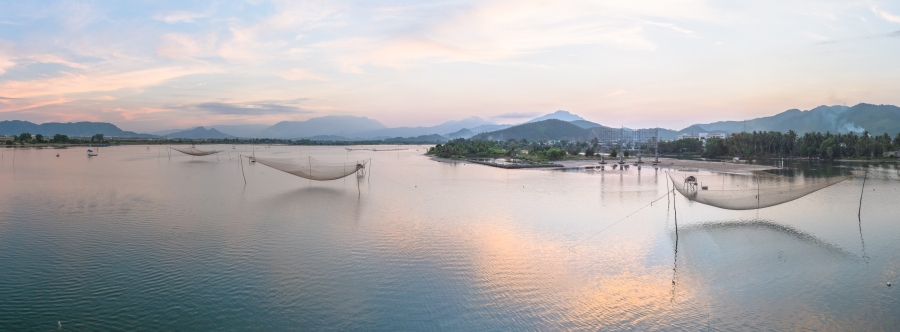Today I will be looking into one of the biggest killers in our ocean¹.
But before I go on, I’d like you all to watch this video:
Sad isn’t it? We think that once the fish are caught that’s the end of the fishing, but it isn’t. Ghost nets can remain in the water for years, possibly centuries, depending on their design. They don’t just catch fish and sea creatures though, they have occasionally caught divers³ too. The worst is, the more it catches the more that are tempted in, and the nets rarely become too full, as when the weight is too great, they can sink where they’re picked clean by bottom dwellers, and then float back to the surface to repeat the process all over again. The only good news is that the longer the nets are there the more tangled they become which can limit the amount of entanglement they cause². The worse ones are buoy nets as they will definitely float back to the surface.
It isn’t just the organisms they catch but also the habitats they destroy, ghost nets can suffocate coral reefs⁶, which in turn then destroys the ecosystem that they support, breaking down whole food chains and life cycles.
So why do people abandon their nets? Some are simply lost in storms or bad weather, but there are some which when they become damaged are just abandoned where they are⁵. Or there is illegal fishing, snagged lines, there are lots of reasons it happens. But we can limit the issue.
Divers all over the world can take part in ocean cleans, to remove ghost nets, this group work globally with different diving organisations and charities to save our oceans. They don’t just remove the ghost nets though, they collect marine litter, recycle what they collect, document situations and educate, and it all started with a group of wreck divers. So never believe that you and your club couldn’t make a difference.
You don’t just have to be a diver though, snorkelers, boaters, just normal swimmers can help too. But please don’t get yourself injured on the way, make sure you’re in a group and other people know what is happening. If you see a trapped animal make sure you’re not in danger from it.
It’s working too, there is now legislation to try and reduce the amount of ghost nets in the water, new gear has markers so it can be linked to a specific fishing group, there is more technology to prevent gear being lost or from sinking to the seabed. They have even redesigned fishing gear so it degrades easier⁴. New biodegradable fishing nets should begin to degrade within two years⁵, which means after that time the net will have lost most of its ability to catch marine organisms, and if it does the could break free much easier⁵.
Small steps forward to safer healthier oceans, but steps all the same. Why not take part?
Lauren x
References:
- Mission blue. (2013) GHOST NETS, AMONG THE GREATEST KILLERS IN OUR OCEANS… http://mission-blue.org/2013/05/ghost-nets-among-the-greatest-killers-in-our-oceans/ (Accessed: 22 February 2016)
- Dunagan, C.(2000) The net effect: trouble The Sun, May 4th 2000,
- Esteban, M. (2002) Tracking Down Ghost Nets http://www.eurocbc.org/page54.html 21/02/16
- Gilman, E. (2015). ‘Status of international monitoring and management of abandoned, lost and discarded fishing gear and ghost fishing‘, Marine Policy, 60, pp. 225-239.
- An, H. Kim, S. Kim, P. Lim, J. and Surronen, P. (2016) ‘Use of biodegradable driftnets to prevent ghost fishing: physical properties and fishing performance for yellow croaker’, Animal conservation, pp. 1-11.
- Goldberg, J. Gunn, R. Hardesty, B.D. Heathcote, G. Peel, D. and Wilcox, C. (2015) ‘Understanding the sources and effects of abandoned, lost, and discarded fishing gear on marine turtles in northern Australia’, Conservation biology, 29(1), pp. 198-206
- Feature image
